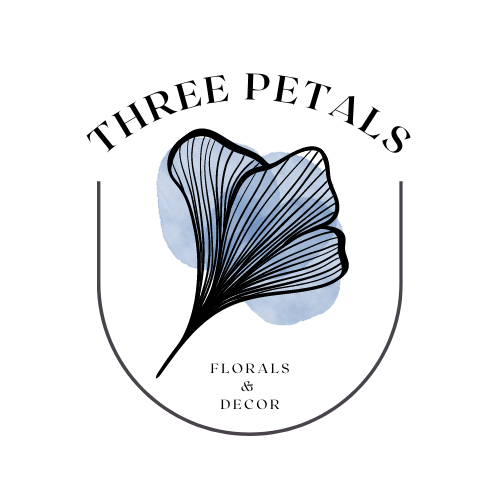Dahlias 101
Dahlias season is here! These beautiful blooms are making their way from local farms into shops here in NJ.
Dahlias are beautiful, versatile flowers that come in an array of colors, shapes, and sizes. They are a popular choice for gardeners and florists alike and have been grown for centuries. In this blog, we will explore the history, types, care, and uses of dahlias.
History
Dahlias are native to Mexico and were first discovered in the late 18th century by Spanish explorers. The Aztecs, who called them “cocoxochitl,” used them for medicinal purposes and as a decorative element in their ceremonies. Spanish botanist Antonio Jose Cavanilles named the flower after his friend, the Swedish botanist Andreas Dahl in the late 1700s. The first dahlias were sent to Europe in 1804 and quickly became popular due to their vibrant colors and unique shapes.
Types
There are over 40 species of dahlias and more than 50,000 varieties. Dahlias can be classified into several groups based on their shape, size, and color. Some of the most popular types of dahlias include:
Decorative dahlias: These dahlias have large, double blooms and come in a variety of colors.
Pompon dahlias: These dahlias have small, spherical blooms and are often used in bridal bouquets.
Cactus dahlias: These dahlias have narrow, pointed petals that curve backwards, resembling a cactus.
Waterlily dahlias: These dahlias have semi-double blooms with layers of petals that resemble a waterlily.
Anemone dahlias: These dahlias have a single or semi-double bloom with a central disk of tiny petals surrounded by larger petals.
Ball dahlias: These dahlias have large, round blooms with tight petals that give them a ball-like appearance.
Collarette dahlias: These dahlias have a single or double bloom with a distinct collar of shorter petals surrounding the center.
Care
Dahlias are relatively easy to grow and care for, making them a popular choice for many gardeners. Here are some tips for caring for your dahlias:
Soil: Dahlias prefer well-draining soil that is rich in organic matter. Make sure your soil is fertile and has a pH between 6.0 and 7.5.
Sunlight: Dahlias require full sunlight to grow and bloom, so make sure you plant them in a spot that receives at least six hours of direct sunlight per day.
Watering: Dahlias require regular watering, especially during the hot summer months. Water deeply once or twice a week, depending on your soil and weather conditions.
Fertilizing: Dahlias are heavy feeders and require regular fertilization during the growing season. Use a balanced fertilizer that is high in phosphorus and potassium.
Mulching: Mulching around your dahlias will help retain moisture in the soil and keep them cool during hot weather.
Pruning: Pinch or cut the top two sets of leaves from your dahlias when they are about a foot tall. This will encourage more branching and a fuller plant.
What is your favorite dahlia variety? Let us know in the comments!




